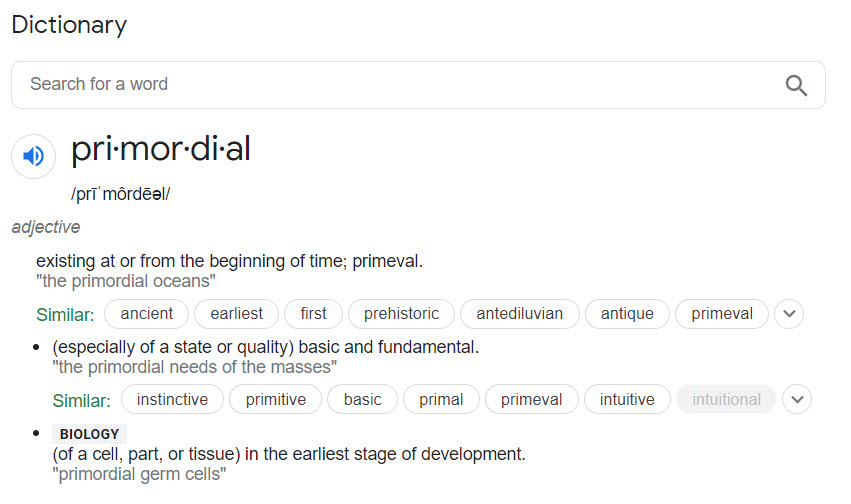Rebranding. And Brand Planks.
 I did a brand strategy for a cyber security company a number of years ago. It was a killer assignment and a killer company. A couple of years later the CEO re-approached me and asked if I would do a refresh. The company had moved into a couple of new areas and he wanted to check to see if his claim and proof planks were still dead on. The new business areas were crypto, block chain and osquery.
I did a brand strategy for a cyber security company a number of years ago. It was a killer assignment and a killer company. A couple of years later the CEO re-approached me and asked if I would do a refresh. The company had moved into a couple of new areas and he wanted to check to see if his claim and proof planks were still dead on. The new business areas were crypto, block chain and osquery.
My approach to brand strategy has always been one in which the work is supposed to be future- proof, if not future enabling. But sometimes when the product, target or technology change a look-see is required.
When the reassessment brand work was complete I was happy to report that the 3 brand planks stayed the same. The claim, however, evolved a bit yet it was certainly only an evolution. An evolution that allowed the company to take more responsibility for understanding the nuanced science of cyber security.
The learning for me was that even if a strategy claim changes, it’s less likely the planks will change. Planks are more like DNA. Leopards don’t really change their spots.
Brand planks are critical because they feed the teaching narrative that build indelible value. Many brand strategy consultants sell you a claim and some gobbledygook about voice or personality. Unless you are getting planks you’re being short-changed.
Peace.









